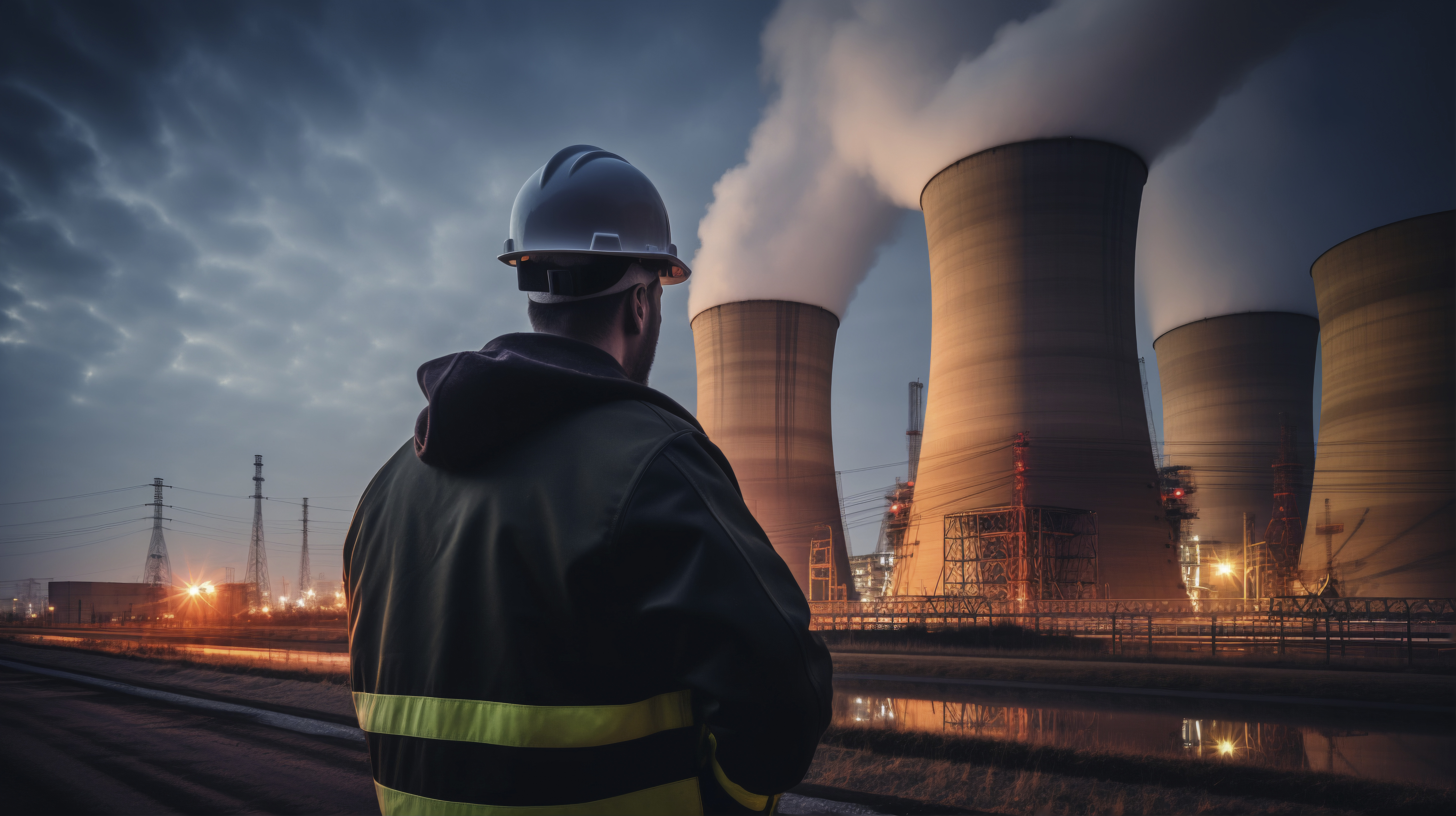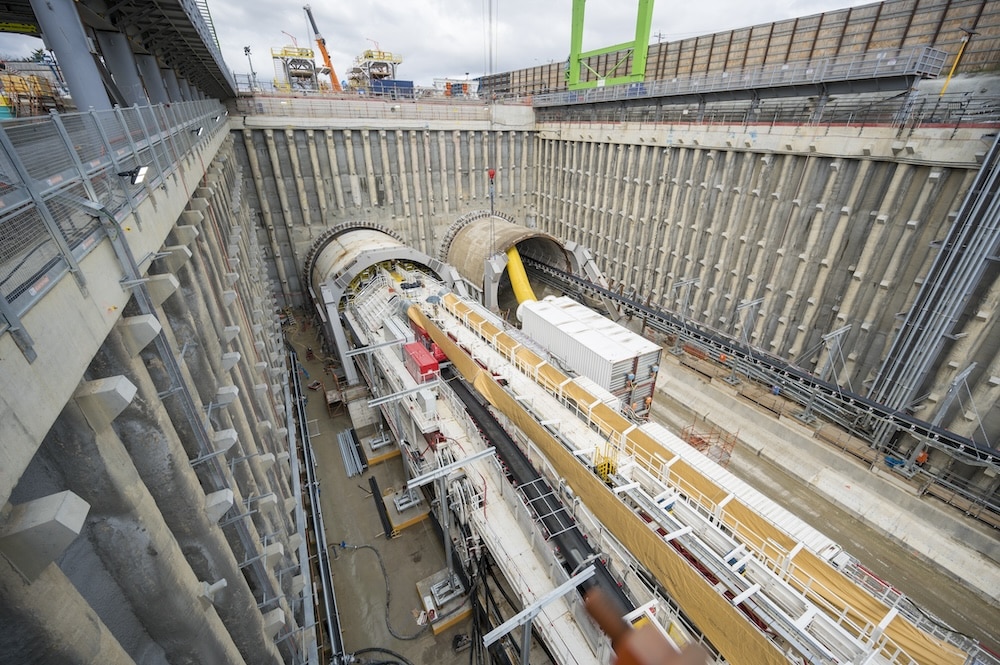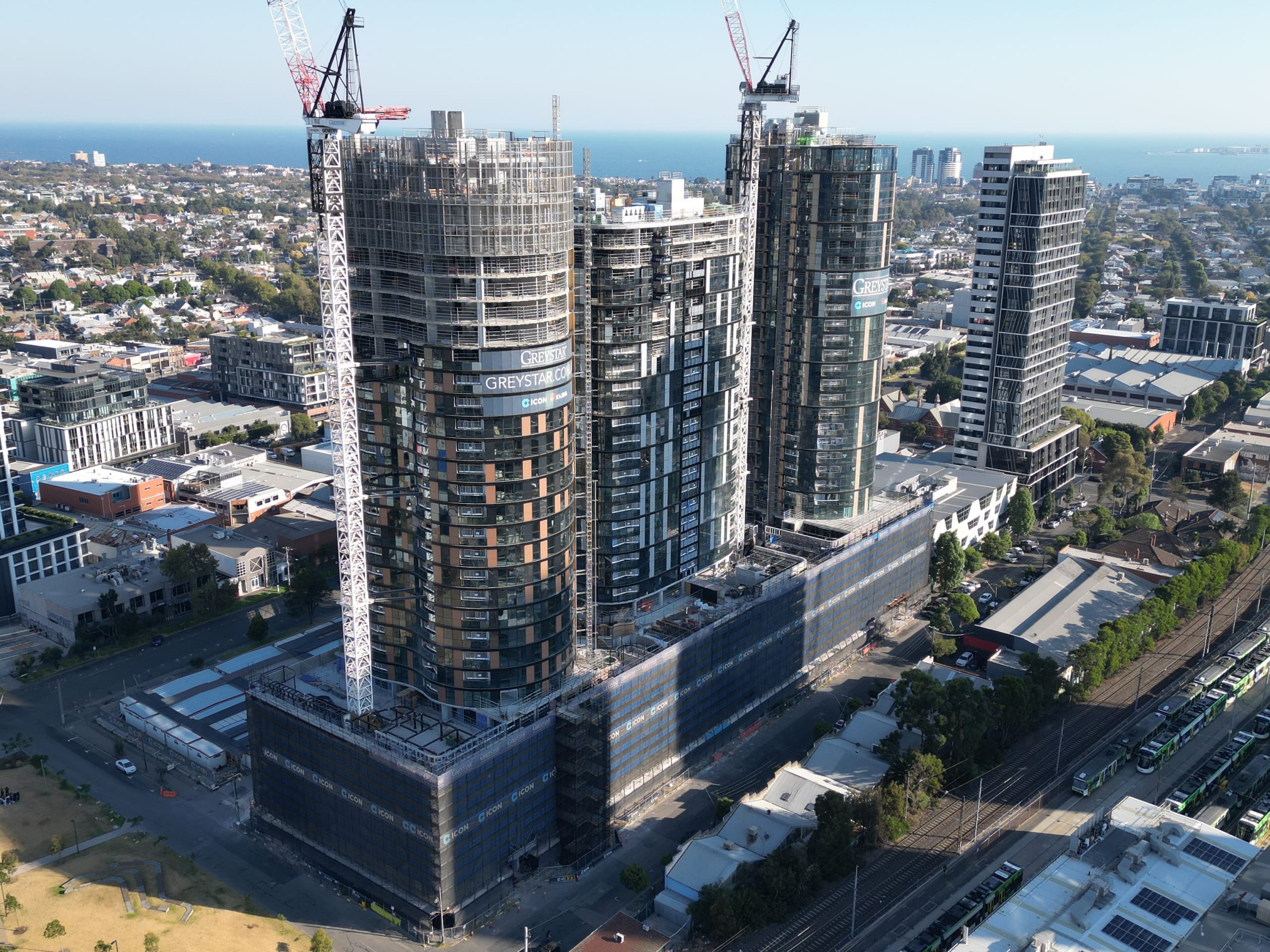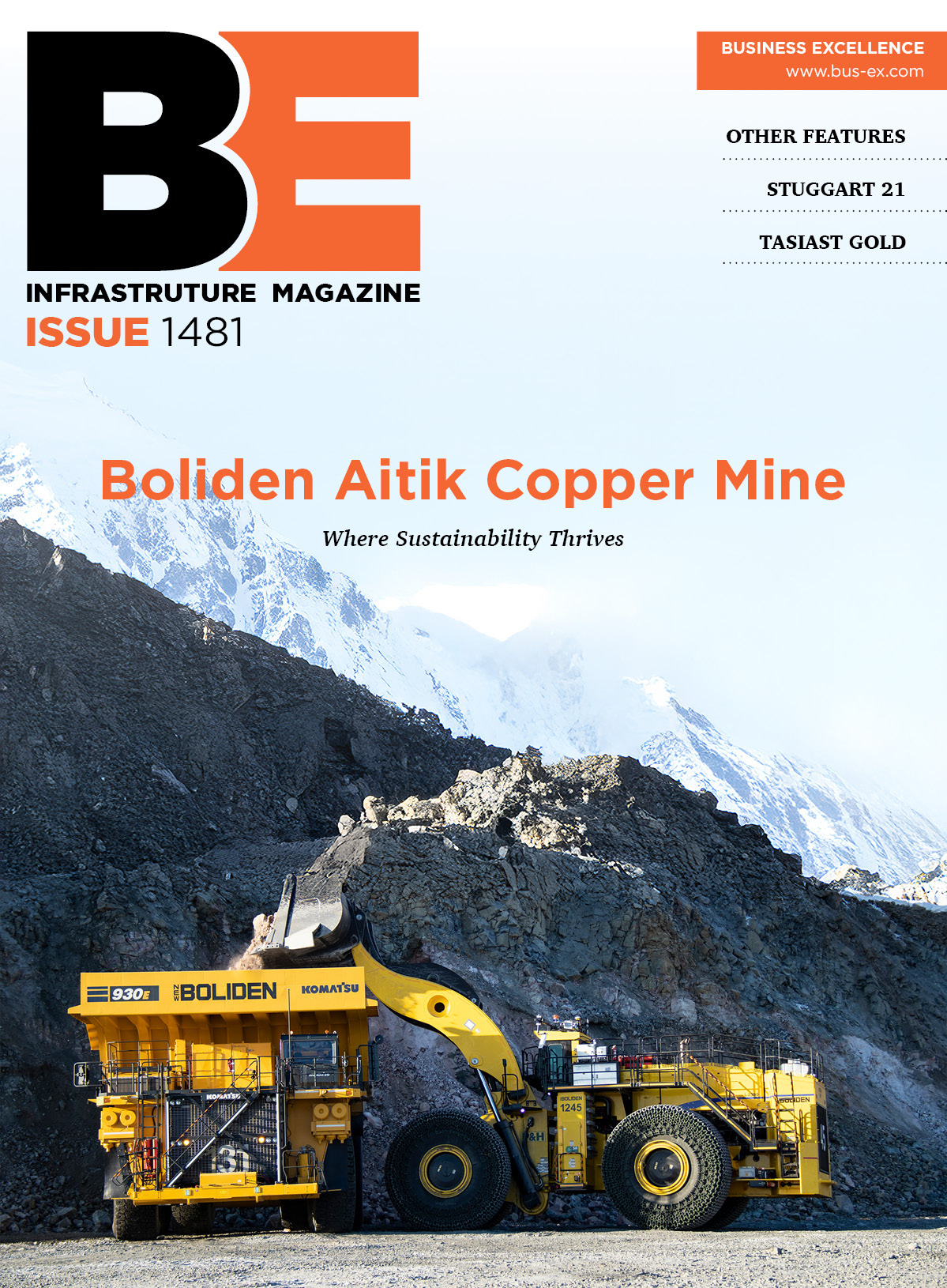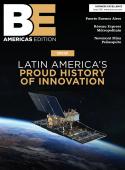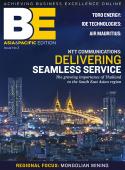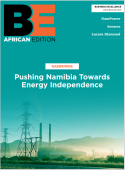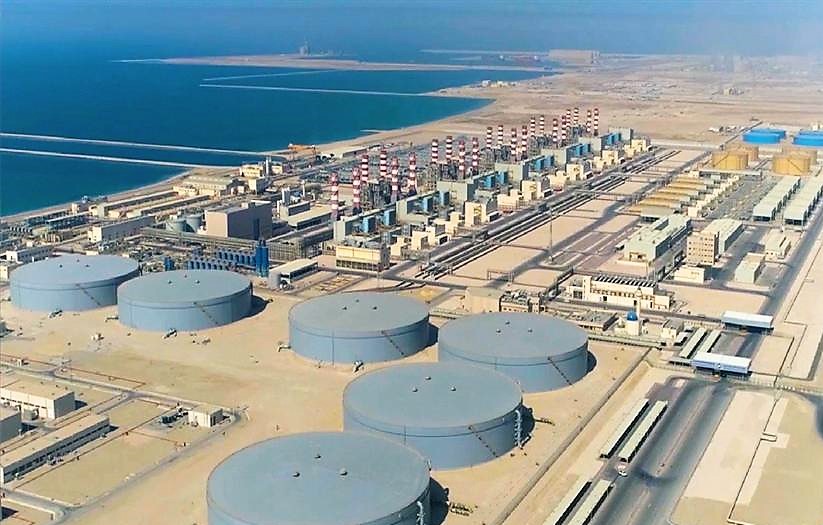
The Middle East has long been defined by its arid climate and stark water scarcity. Yet, amid the formidable challenges of dwindling natural water reserves and rapidly growing populations, the region is undergoing a quiet revolution. Water infrastructure—once a symbol of persistent struggle—is now a beacon of technological innovation, financial ingenuity, and sustainable transformation. Across countries, leading utilities such as Dubai Electricity and Water Authority (DEWA), Abu Dhabi National Energy Company (TAQA), Saudi Electricity Company (SEC), Qatar General Electricity & Water Corporation (Kahramaa), and Oman Power and Water Procurement Company (OPWP) are charting a new course. Their efforts not only secure water futures but also offer a global blueprint for integrating water management with energy production, digital technology, and environmental stewardship.
Integrating Power and Water: A Synergistic Approach
Historically, water and power have been treated as distinct commodities. In today’s Middle East, however, visionary utility companies are pioneering models that blend the two sectors. This integrated approach has proven vital in addressing both energy demands and water scarcity simultaneously.
Consider the example of the Saudi Electricity Company (SEC). With an active capacity exceeding 64,000 MW and flagship projects like the Jeddah South Power Plant—a collaboration with global heavyweights such as Hyundai Heavy Industries and Mitsubishi Heavy Industries—SEC not only generates power but also produces 500,000 cubic meters of potable water every day. “Our integrated model is designed to tackle dual challenges,” explains a SEC executive. “By coupling large-scale power generation with desalination, we ensure that our infrastructure meets the comprehensive needs of our population while setting new benchmarks in operational efficiency.”
Similarly, Qatar’s Kahramaa has set a high standard with its Ras Laffan C facility. Combining 2,730 MW of power with the production of 63 million imperial gallons per day of desalinated water, this hybrid plant underscores the region’s commitment to maximizing resource efficiency. This dual capacity not only reinforces Qatar’s energy and water security but also showcases the critical role that innovation plays in regional infrastructure.
Pioneering Desalination Technologies and AI Integration
Innovation is the lifeblood of the Middle Eastern water sector. Technologies once relegated to the realm of futuristic thought experiments are now actively deployed to address real-world challenges. Central to this transformation is the evolution of desalination technology—from traditional thermal processes to advanced reverse osmosis (RO) systems and solar-powered plants.
DEWA stands at the forefront of this technological renaissance. The authority’s Mohammed bin Rashid Al Maktoum Solar Park, destined to reach an operational capacity of 5,000 MW by 2030, integrates photovoltaic arrays with hybrid desalination units. This ambitious project not only curtails carbon emissions by approximately 1.4 million tons annually but also dramatically reduces energy consumption compared to conventional methods. “Innovation is in our DNA,” asserts a DEWA spokesperson. “Our commitment to cutting-edge technology has allowed us to reduce transmission losses to just 2.0% globally—a testament to the transformative potential of AI-driven predictive maintenance and smart grid systems.”
Across the region, Oman’s OPWP is harnessing similar innovations. By adopting the Independent Power Project (IPP) model, OPWP has managed to reduce energy consumption in desalination by up to 40% compared to traditional thermal processes. Their pioneering efforts in integrating advanced RO technology and AI-based demand forecasting have positioned them as a leader in resource efficiency. These initiatives underscore a broader shift toward sustainability in water management—a trend that is rapidly gaining momentum throughout the Middle East.
Financial Resilience and Strategic Investments
While technological breakthroughs capture headlines, the financial robustness of these utilities is equally impressive. In an environment where fiscal discipline is paramount, Middle Eastern water authorities are setting global standards for operational efficiency and revenue growth.
TAQA, for example, reported an impressive 90.5% revenue growth in 2021—a figure buoyed by its foray into renewable energy projects and a market capitalization that now exceeds $41 billion. TAQA’s investment strategy, particularly its commitment to nuclear and solar energy projects, reflects a broader vision. One TAQA executive noted, “Our diversification into renewable energy is not just about reducing carbon footprints; it is a strategic imperative to ensure long-term water and power security for the region.”
In parallel, DEWA’s highly anticipated 2022 Initial Public Offering (IPO) highlighted its financial fortitude. With revenues reaching $18.5 billion in 2021 and a global benchmark of just over one minute of power outage per customer annually, DEWA’s success story is a prime example of how robust financial performance and operational excellence can coexist. Financial resilience, when paired with innovative public-private partnership (PPP) models, has enabled these utilities to finance projects worth billions of dollars—projects that are essential for driving sustainable growth in an ever-demanding market.
Public-Private Partnerships: Catalysts for Progress
The financial landscape of water infrastructure in the Middle East is markedly influenced by strategic partnerships that blend public oversight with private capital. The Independent Water and Power Producer (IWPP) and IPP models have emerged as effective mechanisms to attract investments, stimulate innovation, and expedite project delivery.
For instance, the Al Zour North complex in Kuwait—developed by TAQA’s subsidiary, Abu Dhabi Water & Electricity Company (Adwec)—exemplifies the power of these collaborative frameworks. This massive project, combining 1,800 MW of power with 102 million imperial gallons per day of water output, has drawn over $40 billion in investments. “The success of Al Zour North is a vivid demonstration of what we can achieve through collaborative innovation,” said an executive involved in the project. “It paves the way for future endeavors that are not only economically viable but also sustainable in the long run.”
DEWA’s experience with PPPs further illustrates this point. With over 100 benchmarking visits from global utilities such as EDF and Tokyo Electric Power, DEWA’s digital customer platforms and near-perfect grid reliability have become models for international best practices. Such public-private partnerships underscore a regional commitment to leveraging both governmental support and private sector expertise to deliver state-of-the-art water solutions.
Renewable Energy Integration and the Sustainability Imperative
At the heart of these initiatives is an unwavering commitment to sustainability. As global pressures mount and environmental concerns intensify, water authorities in the Middle East are increasingly turning to renewable energy sources—not merely as a supplementary option, but as a cornerstone of their operational models.
DEWA’s integration of solar energy into its water desalination processes is among the most compelling examples. The Mohammed bin Rashid Al Maktoum Solar Park is more than just a renewable energy project; it represents a paradigm shift in how energy and water can be harnessed together. With plans to eventually power all its desalination plants using solar energy, DEWA is setting a clear direction for the future: one in which sustainability and efficiency are inseparable.
In Saudi Arabia, the Barakah Nuclear Energy Plant is another key initiative driving low-carbon energy integration. Expected to supply 5.6 GW of carbon-free electricity by 2025, this project is a central element of the country’s Vision 2030—a plan that emphasizes renewable energy and sustainable development across all sectors. “Our journey toward a sustainable future is defined by our willingness to embrace and invest in renewable energy,” stated a senior official at Saudi Water Authority. “By integrating solar and nuclear power with advanced desalination techniques, we are laying the groundwork for a resilient water infrastructure that will endure for generations.”
Qatar’s Kahramaa is also making impressive strides in this area. Its National Program for Conservation and Energy Efficiency—Tarsheed—has been instrumental in reducing per capita water consumption by 20%. By coupling tariff reforms with public awareness campaigns and state-of-the-art conservation technologies, Kahramaa is ensuring that water remains an affordable and accessible resource even as demand escalates.
Harnessing the Digital Revolution: AI, IoT, and Beyond
Digital transformation is perhaps the most exciting frontier in Middle Eastern water infrastructure. The integration of artificial intelligence (AI), machine learning, and Internet of Things (IoT) technologies is revolutionizing every aspect of water management—from predictive maintenance to real-time demand forecasting.
DEWA’s AI-enhanced asset management system is a case in point. With 260,000 smart meters feeding real-time data into an advanced predictive maintenance framework, DEWA is capable of forecasting equipment failures with an astonishing 98% accuracy. This not only minimizes unplanned downtime but also extends the lifespan of critical assets by as much as 40%. “The integration of AI into our operations has been nothing short of transformative,” noted a DEWA executive. “It has enabled us to operate with a level of efficiency and precision that was unimaginable just a few years ago.”
In Qatar, Kahramaa’s collaboration with Microsoft Azure and KPMG has resulted in a cognitive customer ecosystem that leverages advanced natural language processing and machine learning. By integrating 450,000 smart meters with a robust AI platform, Kahramaa has achieved significant operational efficiencies—reducing call center loads by 37% and cutting per capita water consumption by 15% since implementation. These technological advancements are not merely incremental improvements; they represent a quantum leap forward in how utilities can harness data to optimize performance and enhance service delivery.
Saudi Arabia’s foray into AI extends to its innovative cloud seeding program. Using ensemble machine learning models to predict optimal seeding windows, the program increased regional rainfall by 20% during 2023 operations—a breakthrough that added an additional 800 million cubic meters of water to targeted areas. “Integrating AI into weather prediction and resource management has opened up new horizons for water security,” explained a senior official from the Saudi Water Authority. “It’s a game changer that has the potential to reshape our approach to environmental challenges.”
Even Oman’s OPWP is riding the digital wave. The utility has deployed IoT-enabled smart meters that transmit over 5 million readings daily, feeding data into AI analytics platforms that optimize reservoir inflows and desalination operations. Such initiatives are emblematic of a broader trend where digital transformation not only enhances operational efficiency but also lays the groundwork for a more resilient and responsive water infrastructure.
Overcoming Challenges: Tariff Reforms and Climate Resilience
Despite these remarkable advancements, significant challenges remain. Government subsidies, outdated tariff structures, and the pressing impacts of climate change continue to exert pressure on regional utilities. In Qatar, for example, the financial downturn faced by Qatar Electricity & Water Co.—partly due to subsidized tariffs—highlights the delicate balance between ensuring affordability and maintaining fiscal health.
Yet even these challenges are spurring further innovation. DEWA’s phased tariff increases, initiated in 2018, have been designed to achieve a sustainable balance between economic viability and customer affordability. Similarly, Oman’s OPWP has successfully implemented time-of-use pricing models that have reduced peak demand by 11%, even as subsidies for low-income users remain intact. “Reforming tariffs is not simply an economic necessity; it’s a critical element in ensuring that water remains a sustainable resource for all,” commented an industry analyst recently. “These changes, although challenging, are paving the way for a more resilient and forward-looking water infrastructure.”
Climate change, with its relentless increase in temperatures and dwindling groundwater supplies, further complicates the picture. In response, utilities across the region are doubling down on research and development. Advanced projects—ranging from graphene-based desalination membranes to AI-driven cloud seeding initiatives—are being piloted with the aim of reducing emissions and enhancing water security. These innovations are not only technological feats; they represent a fundamental reimagining of how water can be managed in a warming world.
A Vision for the Future: Collaboration, Innovation, and Sustainability
The trajectory of Middle Eastern water authorities is one of transformation and optimism. Through strategic investments in renewable energy, groundbreaking technological integrations, and innovative public-private partnerships, the region is turning water scarcity into an opportunity for growth and global leadership. As the Middle East continues to navigate the challenges of the 21st century, its water sector stands as a testament to human ingenuity and collaborative spirit.
Looking forward, regional leaders are not resting on their laurels. Upcoming events like the World Future Energy Summit in Abu Dhabi promise to be melting pots of ideas and innovation. With agendas that include autonomous drone inspections for pipeline monitoring, quantum computing for desalination process modeling, and blockchain-AI hybrid platforms for water trading, the summit is poised to set new benchmarks for the industry. “We are entering an era where data-driven decision-making and technological convergence will redefine how we perceive water management,” said one of the summit’s keynote speakers. “This is not just about infrastructure—it’s about rethinking our relationship with one of our most precious resources.”
Moreover, the cross-border collaboration witnessed among utilities such as DEWA, Kahramaa, and the Saudi Water Authority underscores a broader regional commitment. By sharing insights, best practices, and emerging technologies, these organizations are fostering an ecosystem where innovation thrives. The convergence of AI, renewable energy, and advanced water management strategies is transforming the Middle East into a living laboratory—a testament to the region’s ability to turn adversity into opportunity.
Conclusion
The Middle East is experiencing a water renaissance—a period marked by extraordinary innovation, financial resilience, and an unwavering commitment to sustainability. From integrated power and water projects that serve millions to cutting-edge desalination technologies powered by solar and nuclear energy, the region is rewriting the narrative of water scarcity. This transformation is driven not only by visionary leadership and strategic investments but also by a relentless pursuit of technological excellence. As utilities harness the power of AI and IoT to predict maintenance needs and optimize resource allocation, they are setting new global benchmarks for operational efficiency and environmental stewardship.
The opportunities are as vast as the challenges are steep. Through the convergence of digital transformation, renewable energy integration, and robust public-private partnerships, the Middle East is poised to not only secure its own water future but also to offer a replicable model for the rest of the world. As an industry executive recently noted, “The innovations emerging from our region today will define the water infrastructure of tomorrow.” In an era where water is increasingly recognized as both a vital resource and a driver of economic growth, the Middle Eastern experience is nothing short of inspirational—a clarion call to rethink, reimagine, and reinvent the very essence of water management.
In the words of a forward-thinking DEWA leader, “Our commitment to innovation is not just about meeting today’s challenges—it is about envisioning a sustainable future where every drop counts.” That vision, shared by utilities across the region, encapsulates the transformative spirit of the Middle East. Amid the shifting sands and rising temperatures, a new narrative is emerging—one where water is not a scarce commodity but a catalyst for progress, innovation, and a brighter, more sustainable tomorrow.
As the Middle East leads the charge in reimagining water infrastructure, its journey offers critical lessons for policymakers, industry leaders, and communities worldwide. In the face of climate uncertainty and rapid urbanization, the region’s pioneering efforts serve as both a roadmap and a challenge: to harness the power of technology, finance, and collaboration in order to secure a resilient water future for generations to come.



